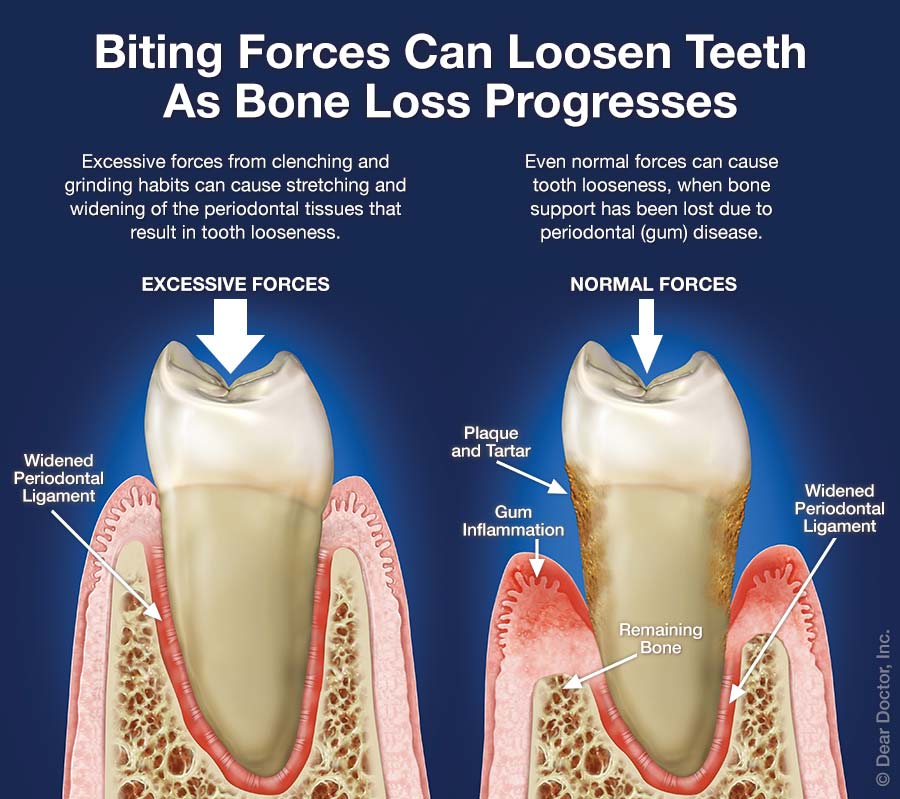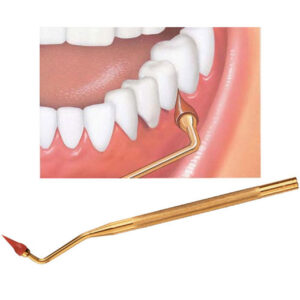Our occlusion (bite) forces are evenly distributed among all of our teeth. When something occurs to alter a healthy occlusion; like loss of a tooth, clenching and grinding, occlusal trauma can occur. There are several signs and symptoms of occlusal trauma including, wear or chipping of the teeth, sensitive crevices on the teeth, gum recession, shifting teeth, tender muscles, headaches, or a “popping” sound when opening and closing your mouth. This trauma places excessive pressure on teeth and these forces can contribute to bone loss and result in the loosening of the teeth. The goal of occlusal therapy is to create an even distribution of these forces allowing the bone and ligaments to heal. This is done by an occlusal adjustment or equilibration to divide the biting pressure evenly across all of the teeth by reshaping the biting surfaces of the teeth and eliminating spots of excessive pressure when the teeth are brought into contact. The use of an occlusal night guard may be needed to control the pressures generated by clenching and grinding.
For more information about non-surgical procedures for gum disease, visit:







